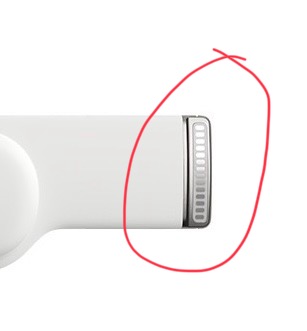

You may want check out Infuse for the AppleTV. I have found it fixed every audio drift and video jitter concern that I’ve ever had with Plex or Jellyfin.
You can point it either directly at an SMB share, or a library hosted on Jellyfin or Plex. The advantage of this is it caches the artwork in the library, not on the AppleTV, because the AppleTV will periodically flush its local cache, leading to long re-fetching times and waiting to watch things.
I have no recommendations for the Chromecast.







So here’s the thing…and I know that everyone here knows this, but it doesn’t.
Measles causes immune amnesia.
It’s pretty sneaky - integrating into respiratory tract macrophages, and avoiding destructive phagocytosis by binding directly to certain membrane receptors, and then being transported to lymph nodes where B and T cells get infected by the measles virus too. These memory B and T cells contain the memory of past infections, and when they’re destroyed (because they’re infected), you no longer have the ability to quickly ramp up a response to past infections and you get to start all over from the start.
So even if their other kids survived, their chances of dying from another infection goes up. It takes somewhere between 2.5 and 5 years for that risk to come back to baseline.
The infection itself might not have been “that bad” (despite killing one of their children) but the mortality risk isn’t over by a long shot.